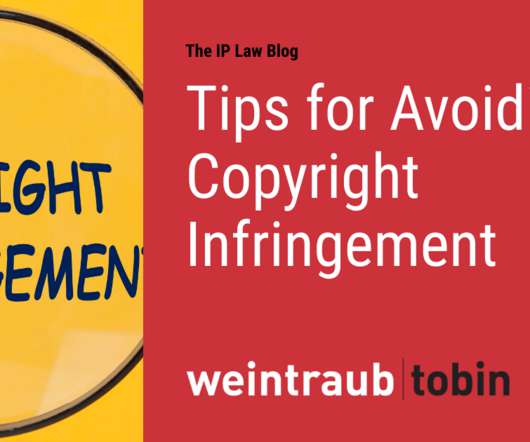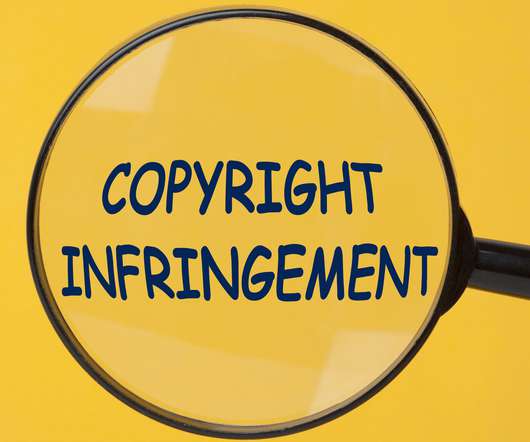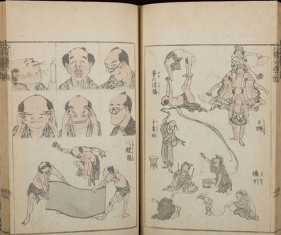Tips for Avoiding Copyright Infringement
The IP Law Blog
SEPTEMBER 30, 2022
Specifically, copyright protection attaches to the original, creative work when it is fixed in a tangible medium, such as when it is written, drawn, recorded digitally, or typed electronically. It also protects images, photos, videos, and other written work, such as blog posts. Making a copy of a video or audio recording.












Let's personalize your content